Bencoolen. A History of the Honourable East India Company's Garrison on the West Coast of Sumatra 1685-1825.(Review)~(book review)
Publication: Journal of Southeast Asian Studies
Publication Date: 01-MAR-00
Author: Andaya, Barbara Watson
COPYRIGHT 2000 Cambridge University Press
This rather large book is a history of the English military garrisons on the West Coast of Sumatra from the late seventeenth century until Bengkulu was ceded to the Netherlands by the Anglo-Dutch Treaty of 1824. The framework for the narrative is provided by documents contained in the India Office and other collections in the United Kingdom, the Netherlands, France and Singapore, either reproduced verbatim or closely paraphrased. There are also a number of line drawing, photos and illustrations pertinent to military matters. In many ways the volume thus serves as a companion to John Bastin's The British in West Sumatra, 1685-1825 (Kuala Lumpur: University of Malaya Press, 1965), which is more concerned with the civilian establishment.
Bencoolen: A History was intended as a reference work "mainly for use in schools, libraries and such like in Indonesia" (p. xv), and the author's commitment to the project is overwhelmingly evident. A number of subscribers (and presumably by the author as well) met the expenses involved in producing the limited edition of two hundred copies. There is little doubt that Bengkulu authorities will be delighted with a monograph that concentrates on local history and historical buildings. They will not be concerned at its length, its lack of any sustained argument, the tendency to repetition, or even the archaic language that renders the meaning of several documents obscure. Given that the book was intended to provide information rather than attempt a historical analysis, and remembering the arduous work involved in transcribing sources, it would be churlish to submit it to the kind of scrutiny normally applied to academic studies.
Because the book is about the English garrison and their concerns, not a great deal can be gleaned about indigenous society. For example, in comparison to the documents supplied by Bastin, the material here gives very little about the relationship between the coastal authorities and the "hill rajas". In his introduction, however, the author comments that he has provided only a selection of relevant documents. "There is", he notes, "ample scope for further research." Since the English sources are infinitely less revealing than the Dutch East India Company material generated at the same time, it might have been helpful for students to be given some indication of where possible lines of inquiry might lie.
Like so many "migrant" groups in Southeast Asia, the garrison at Benkulen was made up of young men, whose unmarried status was specified in a 1685 source calling for new recruits. The restrictions placed on them meant that for many their existence became a kind of dull banishment. A social history might try and track the reasons "able young men" decided to take up a soldiering career, and the ways in which they made sense of their lives. Presumably one of their preoccupations was financial gains, and indeed complaints of venality and corruption are constant. The presence of so many young males should also hold out some potential for research into gender history. There were few single European women in Benkulen, and one sent back to England for being "turbulent and incorrigible" was probably typical. They were considered undesirable helpmates, and the lack of marriageable white females resulted in considerable interaction between the garrison and local women, despite efforts to maintain a correct moral tone. There is certainly evidence of miscegenation in West Sumatran sources, and a few men born of these liaisons gained positions in the civil and military establishments. However, these relationships worked on other levels as well; for example, uniforms were made up locally according to specific designs, with cloth and materials sent from England. Though the gender of local tailors is unmentioned, presumably women would have been among those introduced to new techniques of design such as fitted sleeves, darts, and turned lapels. A historian of disease will also find much of interest here in what must have been a quite depressing rate of debilitation and death. It is sobering to think of the small tragedies which must lie behind the brief comment that "our men ... drop off fast" (p. 100). Those interested in ethnic relations will also find intriguing titbits, and the history of local forces like the "Sumatra Hill Rangers" formed under the British might also be an intriguing avenue of research. References through t he volume affirm that the ethnic categories we often accept unquestioningly are highly fallible. For example, in 1742 the garrison commander comments that no Bugis had been recruited for "many years" and that the soldiers then classed as "Bugis" were mostly Malay (p. 100). By 1808 it was said that the officers of the "Bugis Corps" were "men of the first consideration and influence in Bencoolen", and were used as agents with the "aboriginal inhabitants" (p. 401). The provenance of the "Arab" troops who were initially at least preferred to "Bugguesses" is unclear, but it is likely that they had connections with Muslim India, possibly Malabar. A related field of inquiry concerns the convicts brought to Sumatra from Madras and Bengal. But perhaps the real goldmine awaits those working on the history of architecture in Southeast Asia, since it is known from other sources that local societies were quick to adopt aspects of European military fortifications. The plans of fortifications and detailed descriptions of bu ildings that employed local materials such as resins and red ochre provide intriguing insights into the way in which the English themselves were subject to the localization process.
The arduous work involved in preparing historical documents for publication is insufficiently appreciated, but it is always a service. At the very least, books like this help the researcher know what he or she will not find. Although the documents provided here are not rich in details about indigenous society, the careful reader will be able to winkle out small pieces of useful material. For those working on the social history of Europeans the volume will have a much greater value, and it is in this area that I expect to find the volume cited.
http://www.accessmylibrary.com/coms2/summary_0286-670029_ITM?
email=taneakjang@gmail.com&library=Buffalo
Labels: Book, British Empire, East India Company's







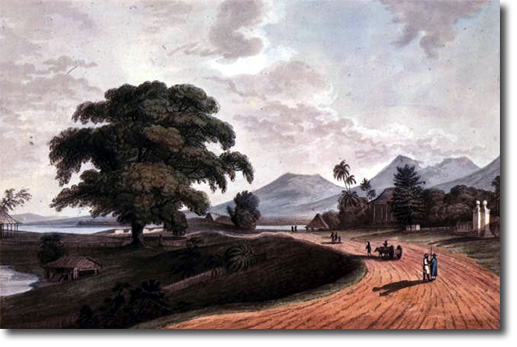
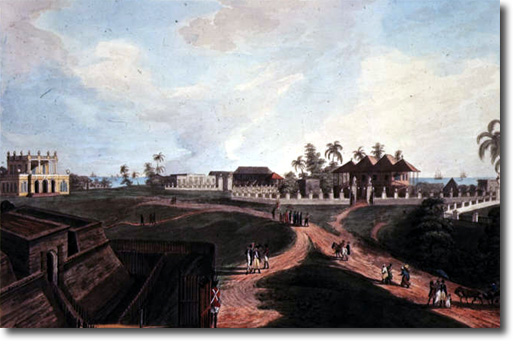
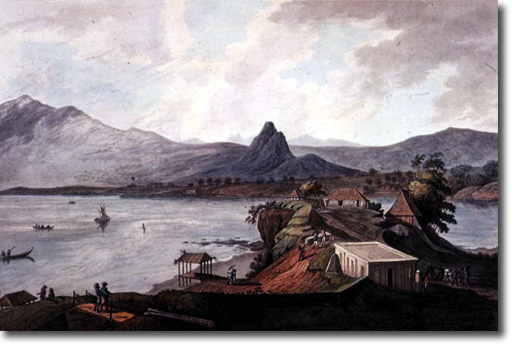
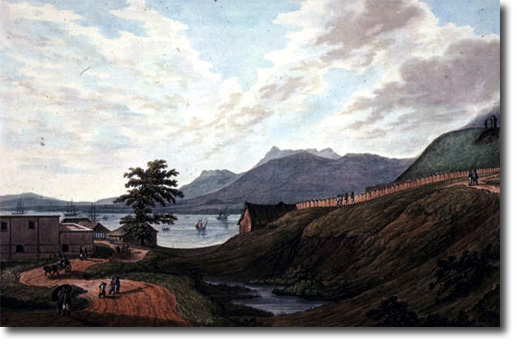
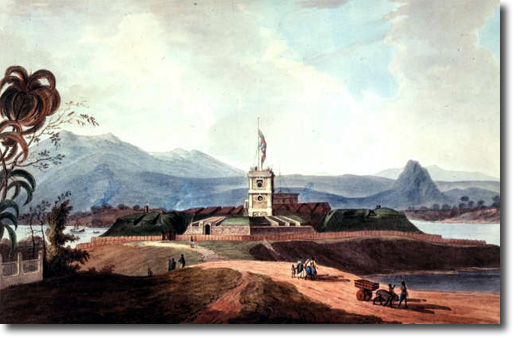
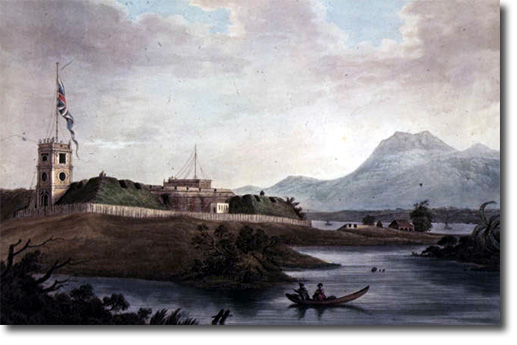
0 comments:
Post a Comment